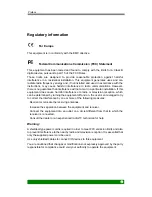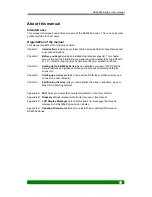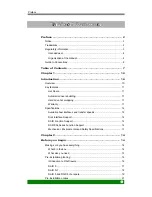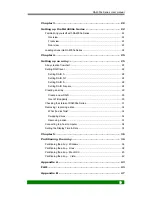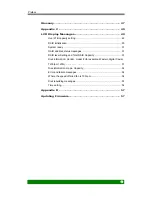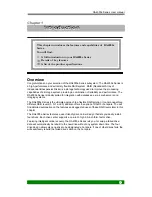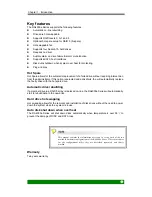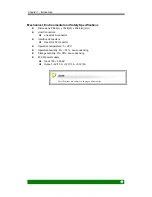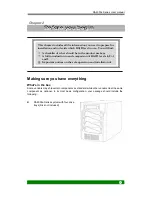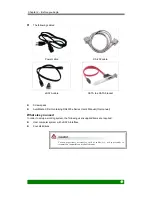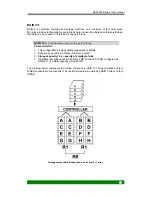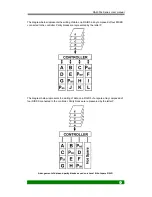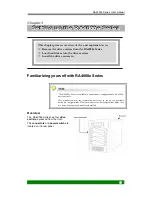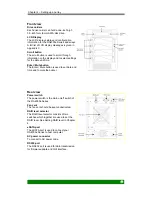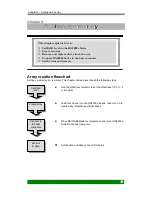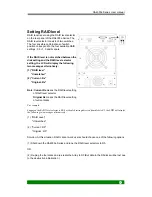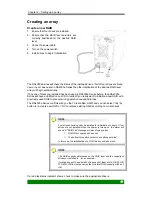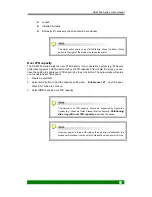
RA4000e Series User manual
16
Pre-installation planning
Introduction to RAID levels
The RA4000e Series can support the following RAID levels: 0, 0+1 and 5 with the additional
option of RAID 5 + hot spare. Which is the right level for you? The answer depends on the
application it is used for.
RAID Level 0
offers high transfer rates, and is ideal for large blocks of data where speed is of
importance. Computer Aided Design, Graphics, Scientific Computing, Image and Multimedia
applications are all good examples. If one drive in a RAID 0 array fails however, the data on
the whole array is lost.
RAID Level 0+1
combines mirroring and striping functions on a minimum of four hard disks.
Mirroring provides full redundancy and protects data in case of multiple drive failure (providing
that data on one of each mirrored pair of drives is intact).
RAID Level 5
arrays offer high I/O transaction rates, and are the ideal choice when used with
on-line transaction processing applications, such as those used in banks, insurance
companies, hospitals, and all manner of office environments. These applications typically
perform large numbers of concurrent requests, each of which makes a small number of disk
accesses. If one drive in a RAID 5 array fails, the lost data can be rebuilt from data on the
functioning disks. The RA4000e Series allows users to set one disk as a
hot-spare
that will be
activated automatically to replace a failed disk.


